Square of the People's Revolt of 1953 in Berlin
The 1953 popular uprising in East Germany began on June 16, 1953 in East Berlin and quickly spread across the country. The revolt was sparked by a series of economic reforms that led to higher prices, increased workloads and lower wages for workers. These reforms were not well received by workers and citizens, who felt cheated by the communist government of East Germany.
The revolt began with peaceful demonstrations in East Berlin, but quickly turned into a widespread uprising across the country. Workers went on strike, mass demonstrations took place and violent clashes broke out with the police and army. The demonstrators demanded political and economic reforms, the end of the communist dictatorship and the unification of Germany.
The communist government of East Germany reacted with violent repression. Security forces used force to disperse protesters, arresting thousands and publicly executing movement leaders. The government also called on the Soviet Union to send troops to quell the revolt.
Despite the repression, the revolt had a significant impact on East Germany and the whole world. It showed that the citizens were dissatisfied with the communist regime and that the dictatorship was increasingly unsustainable. It also demonstrated the solidarity of West Germans with their compatriots in the East, and prompted Western governments to take action to help East Germans.
The popular revolt of 1953 was therefore a key moment in the history of Berlin and Germany, and marked the beginning of a period of political and social change which led to the fall of the Berlin Wall in 1989 and to the reunification of Germany.




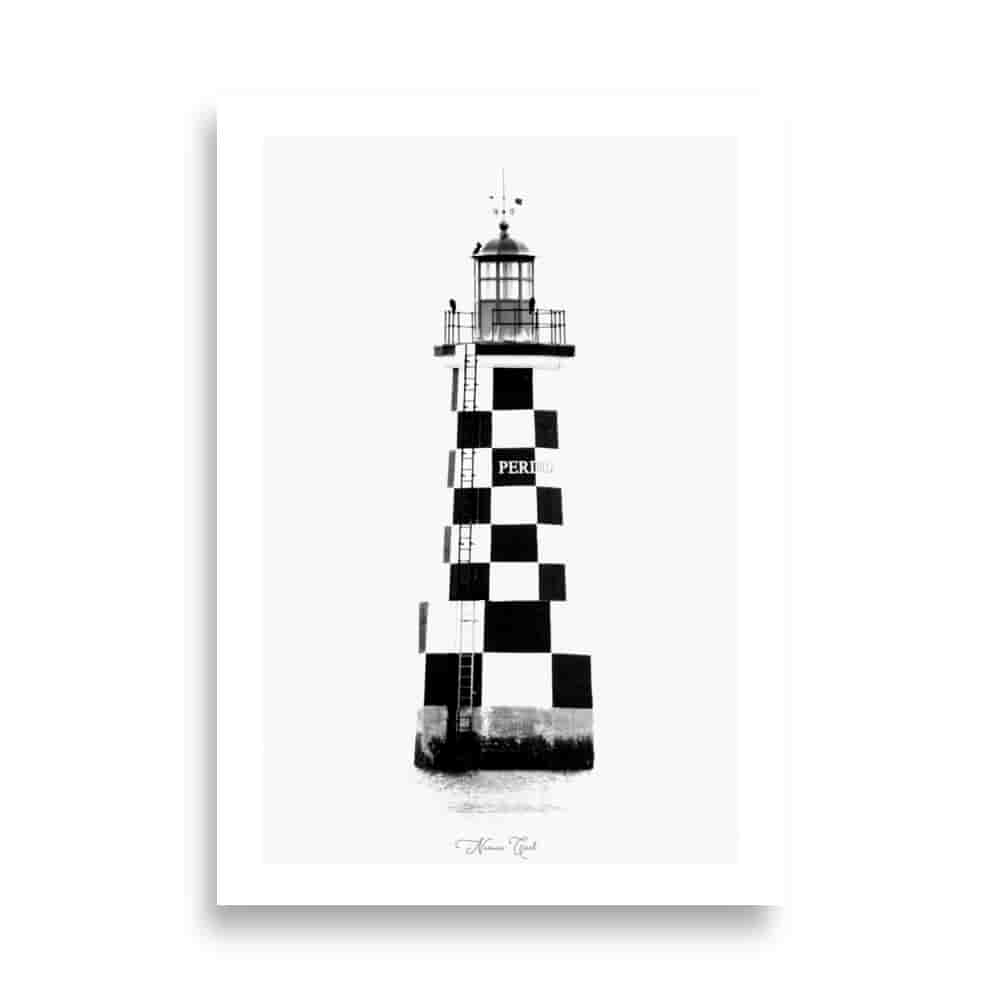













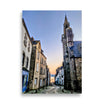

































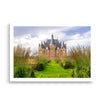









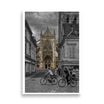



Leave a comment
All comments are moderated before being published.
This site is protected by hCaptcha and the hCaptcha Privacy Policy and Terms of Service apply.